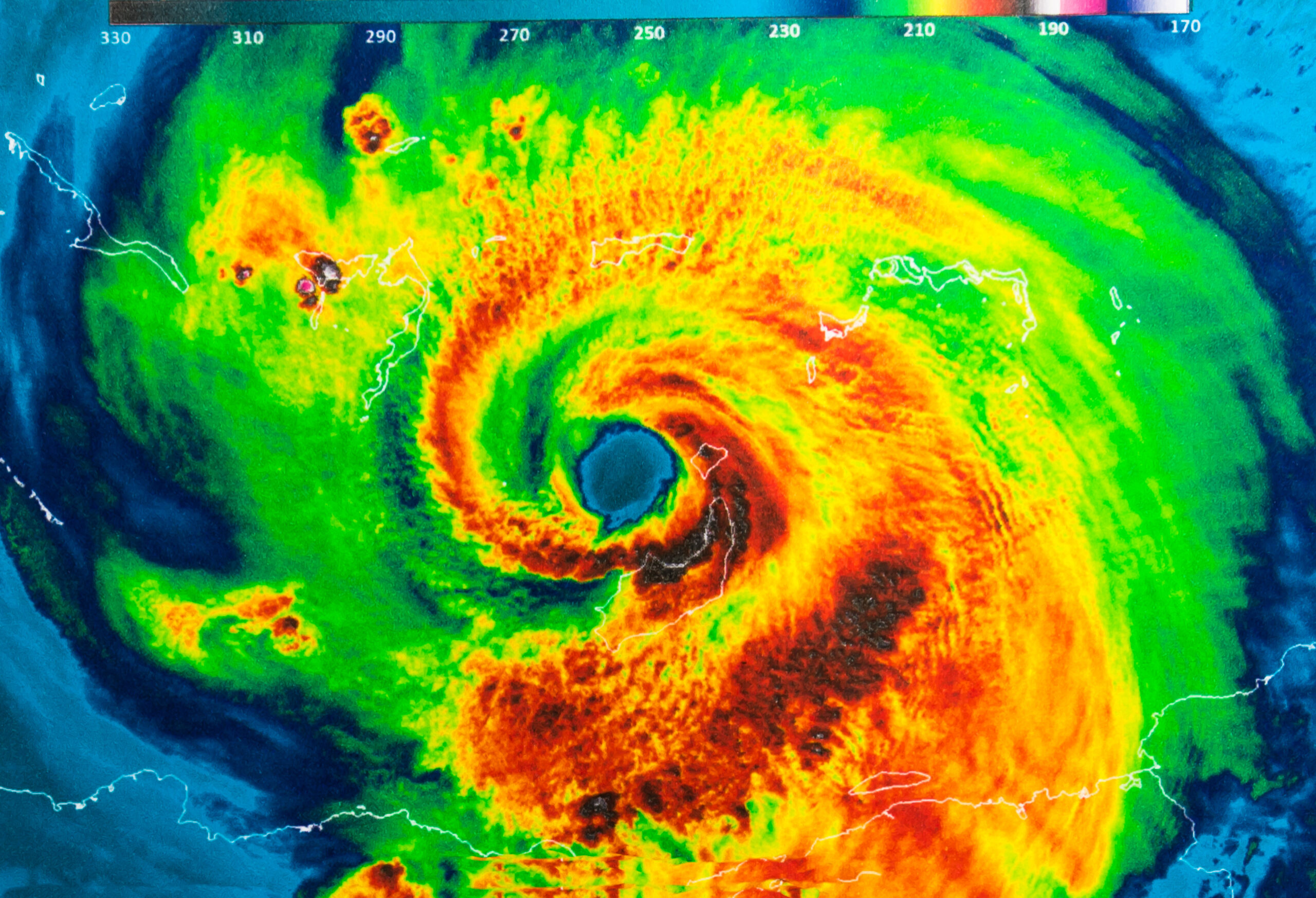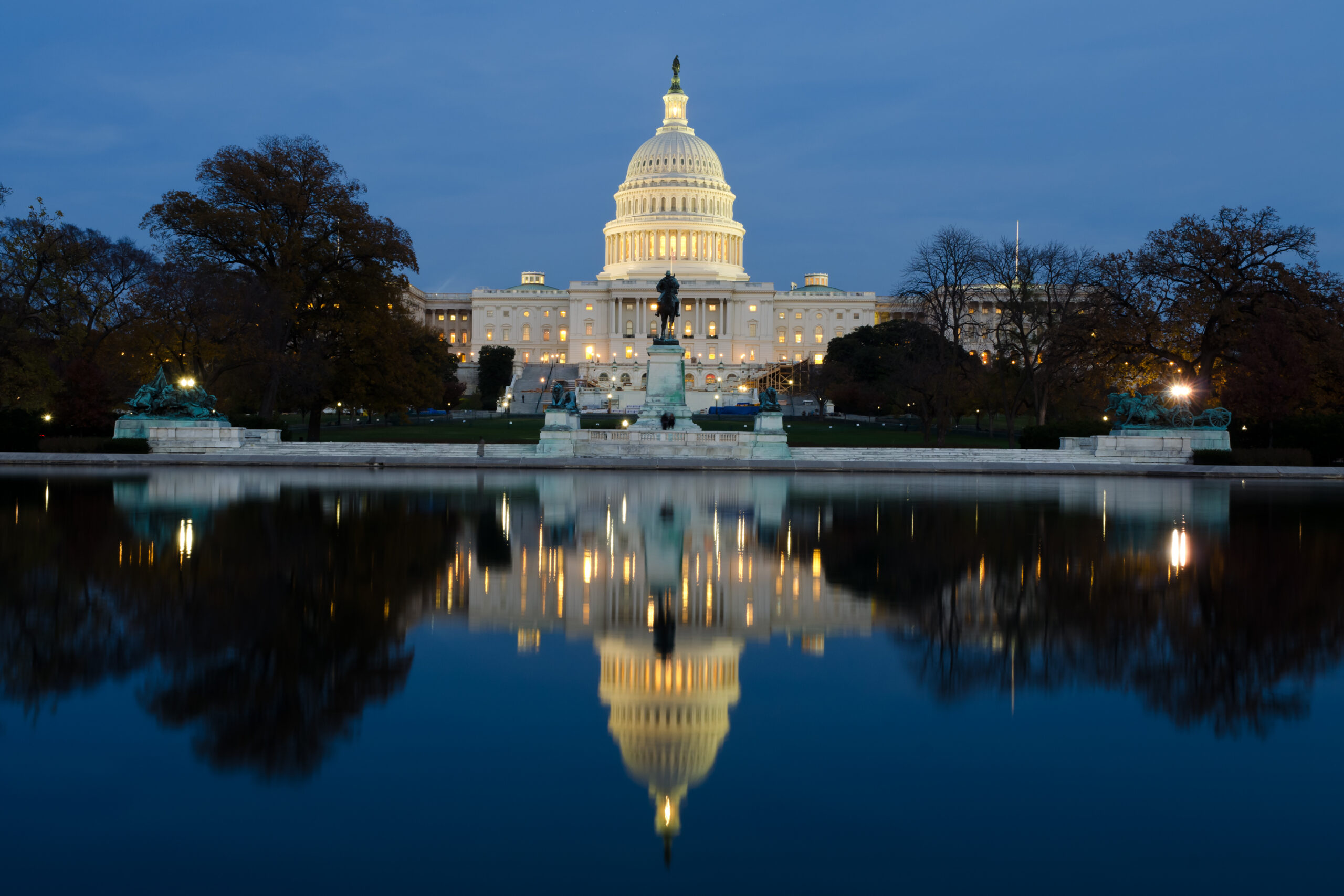Hurricane Fiona Situation Report #8
This report provides an assessment of the impacts to healthcare and public health due to Hurricane Fiona.
Note: Green text indicates new or updated content in this report compared to the previous report.
Healthcare Ready's Posture
Healthcare Ready is ENGAGED for the response to Hurricane Fiona and Hurricane Ian (situation reports for Hurricane Ian are sent separately). We are closely tracking impacts to healthcare supply chain and healthcare access for both events. In addition to situation reporting, we are updating Rx Open daily to map open pharmacies in Puerto Rico and Florida. We are also sharing updates for responders and the public on social media: Twitter, Facebook, and LinkedIn.
High-Level Situation Summary
Puerto Rico has been heavily impacted by Hurricane Fiona. There is an elevated risk for most of Puerto Rico through 8 am October 1, which may exacerbate or renew flooding issues in areas impacted by Fiona. The southwestern-most part of Puerto Rico is the only area not subject to this elevated risk. As of September 30, there is no longer an excessive heat warning in Puerto Rico.
Highlights
- While overall the situation continues to improve, as of September 30, there is a remaining need for electricity and food in impacted areas. Prolonged lack of these resources is resulting in negative health outcomes for residents.
- On September 28, Department of Homeland Security Secretary Mayorkas approved a Jones Act waiver for Puerto Rico. The waiver allowed a non-US-flagged ship carrying diesel fuel to dock in Puerto Rico.
- Approximately 14% of the island remains without power.
- 94% of residents have had potable water restored as generators have been installed at water treatment plants and wells have been cleared of obstructions. Intermittent disruptions have been reported due to generator failures and pipes bursting.
- As of 2 pm ET on September 30, roughly 75% of pharmacies are reporting as Open in Puerto Rico. Some remain on generator power.
- Adjuntas, Culebra, Santa Isabel and Yauco municipalities are reporting less that 50% of pharmacies as open.
Assessment of Healthcare and Logistics Impacts
Emergency Declarations and Measures
- On September 21, the Biden Administration has approved a major disaster declaration for Puerto Rico, authorizing for individual and government assistance to affected individuals and municipalities.
- Puerto Rico Governor Pedro Pierluisi declared a state of emergency on Saturday, September 17.
- Governor Pierluisi issued an Executive Order OE-2022-048 granting immunity to physicians, osteopaths, nurses, physician’s assistants, and health professionals assisting the government during the duration of the declaration of emergency for Hurricane Fiona.
- On Sunday, September 18, President Biden approved an emergency declaration to provide federal assistance and resources in response to Hurricane Fiona.
- Executive Order 22-0915 signed on September 20, guarantees access to medications of beneficiaries of Plan Vital, the government health plan of Puerto Rico. The plan provides physical and mental health services to 1.3 million Puerto Ricans. The Executive Order authorizes Pharmacy Benefit Manager/Management (PBM) to fill 50% of a prescription without a primary care provider’s signature.
- Pharmacies that provide services to beneficiaries of social health care plans can only charge the copay on the Vital insurance card.
- The order does not apply to controlled substances (Schedule 2 drugs).
Critical Infrastructure Impacts
- Power
- As of Friday, September 30, roughly 14% of the island remains without power with the majority of outages remaining in the southern and western regions of Puerto Rico.
- Power has been restored to about 1.5 million customers mainly in the northeast region while more than 230,000 residents on the island remain without power.
- As of Friday, September 30, roughly 14% of the island remains without power with the majority of outages remaining in the southern and western regions of Puerto Rico.
- Fuel
- On September 28, Department of Homeland Security Secretary Mayorkas approved a Jones Act waiver for Puerto Rico, allowing a non-US-flagged ship carrying a much-needed re-supply of diesel fuel to dock in Puerto Rico.
- Though there have not been reports of generator fuel shortages for healthcare facilities as of this report, due to the significant number of facilities still relying on generator power, the delivery helps ensure that an adequate supply of fuel will be on-hand when generators inevitably run out of fuel.
- The Jones Act requires the transportation of goods between two US ports to be carried out by vessels that are built in the US and operated primarily by Americans. The century-year old Act is intended to increase national security and support the US maritime industry. The waiver comes just as Hurricane Ian’s devastating impacts on ports in Florida comes to light. The waiver is for a limited time and only applies to shipments of fuel.
- There is some discontent among entities such as the American Maritime Partnership (AMP), who claim that the maritime supply chain was steady and the introduction to Jones Act waivers could cause a disruption in that supply chain. Others have noted that the Jones Act has delayed emergency aid to Puerto Rico in the past, including during Hurricane Maria. A Jones Act waiver was issued for the Maria response approximately one week after the storm made landfall.
- Water
- As of September 30, 94% (1,248,075) of residents have had water restored, while 6% (79,665) of residents still remain without water. While AAA works to restore service to all customers as soon as possible, they recommend boiling water before consuming it. Additionally, FEMA announced a boil water advisory throughout Puerto Rico on September 21.
- As of September 30, the Añasco filter plant and the Morovis filter plant are out of operations.
- Communications
- As of September 29, the FCC reports that 9.5% -4.6% from September 27) of cell sites in Puerto Rico are out of service. 226 (-107) sites are due to power outages, 15 (-7) are due to transport, and 6 (+4) are due to damage.
- 348 sites are running on back-up power, which is 37 less than reported on September 27.
- Transportation
- Road closures
- As of September 29, there are approximately 21 road closures (-2) and 248 critical incidents (+12) in Puerto Rico, with landslides being the leading cause for closures and incidents.
- Landslides and sinkholes have closed local roads in Humacao, Guyama, and Toa Baja, among others. DTOP is calling on drivers to take precautions when driving and to report landslides and other obstructions on the roads.
- Airports
- There are no new updates as of September 30.
- San Juan’s international airport (SJU) resumed air operations on Monday, September 19. Fernando Luis Ribas Dominicci Airport in Isla Grande and Rafael Hernandez Airport (BQN) in Aguadilla also opened on September 19.
- Flights resumed on Tuesday, September 20, at Eugenio María de Hostos airport in Mayagüez. The terminal and runway remain powered by generators.
- Mercedita International Airport
- As of September 22, PSE has opened its runway and is open for commercial flights.
- Port status
- Puerto Rico
- All ports in Puerto Rico have resumed normal operations and are now open 24 hours.
- Puerto Rico
- Road closures
Access and Re-entry
- There is no formal access and reentry program in Puerto Rico. All 78 municipalities of the Commonwealth of Puerto Rico are tasked with coordinating specific access and re-entry requirements for vehicles transporting staff, supplies, and other essentials in close coordination with the Government of Puerto Rico and federal agencies.
Healthcare Response Updates and Needs
- Emergency Medical Services
- No impacts to emergency medical services have been reported as of this report. However, disruption to patient movement can be expected due to road conditions and closures.
- Puerto Rico Voluntary Organizations Active in Disasters (PR VOAD) reported one fatality on September 27, raising the hurricane related death toll to 17. Health impacts due to lack of food and electricity in mostly affected areas are expected.
- Healthcare Facilities
- As of September 30, all hospitals are operational. It is unclear how many remain on generator power; on 9/27 8 were reported to be on generator power, but this number may have changed.
- Health Clinics
- The status of free and charitable clinics and federally qualified health clinics is largely unknown at this time as damage assessments are underway. Healthcare Ready is working on mapping the operating status of these facilities once information is received.
- As these clinics support the medical needs of the uninsured, the status and operations are critical to serving those impacted by Hurricane Fiona.
- Pharmacy
- Rx Open is activated for Puerto Rico. The map was last updated at 2 pm ET, September 30. As of this update:
- 75.75% (-0.07% from September 26) of pharmacies are reporting as Open in Puerto Rico
- 5.42% (+0.89%) of participating pharmacies in Puerto Rico were reporting Closed or Unknown.
- The three closures are present in Toa Alta, Ponce and Gurabo.
- Four Municipios are reporting less than 50% of pharmacies as Open in Puerto Rico
- These Municipios are Adjuntas, Culebra, Santa Isabel and Yauco.
- Rx Open is activated for Puerto Rico. The map was last updated at 2 pm ET, September 30. As of this update:
- Dialysis
- All dialysis centers are operating as of September 23.
- Emergency Medical Services
COVID-19 and other Infectious Diseases
- COVID-19
- As of September 30, the CDC reports 19.43 COVID-19 related hospitalizations (seven-day average). Additionally, 4,706 cases have been reported in the last seven days.
- The CDC reports that the community level of COVID-19 is low in most areas, but medium in southeast regions of Puerto Rico and some western regions: Moca, San Sebastian, Lares, and Adjuntas.
- As of September 30, the CDC reports 19.43 COVID-19 related hospitalizations (seven-day average). Additionally, 4,706 cases have been reported in the last seven days.
- Monkeypox
- The CDC reports 179 cases in Puerto Rico on September 29. There is minor risk of more infections due to people entering shelters after the hurricane.
- Leptospirosis risk
- No cases reported as of September 28. Due to contaminated water from flooding, there is increased risk of this illness spreading throughout the island. We are monitoring for reports of spread of leptospirosis.
Supply Chain
- Manufacturing: Pharmaceutical and medical device manufacturing companies have operations in Puerto Rico. Though assessments of manufacturing facilities are on-going, experts do not expect any large-scale disruptions to the medical supply chain.
- Distribution: The distribution of medical supplies should be closely monitored as roadways, bridges, and other transportation infrastructure could be impacted by heavy rainfall, debris, flooding, and landslides.
Resource Staging
- No updates since September 27.
- As of September 24, FEMA and other federal agencies have deployed over 1,000 employees to Puerto Rico and the FEMA Region II Regional Response Coordination Center in addition to 700 staff who live and work on the island.
- Five FEMA Incident Management Assistance Teams are present to bolster response efforts. Moreover, Mobile Emergency Response Support, Incident Support Base, Staging Management Teams, and Mobile Communication Office Vehicle operators are in Puerto Rico.
- To coordinate water delivery to isolated communities, a Water Distribution Task Force, comprised of federal and commonwealth government partners and private sector partners is present.
- The US Army Corps of Engineers (USACE) is installing generators at critical facilities and preparing and staging additional generators to support requests. In addition, USACE issued $30,000 in funding to support a team of engineers to assess federal projects and infrastructure and coastal areas for post-storm damages.
Emergency Prescription Refills
- As of 12:00 pm ET on September 30, ASPR’s Emergency Prescription Assistance Program (EPAP) has not been activated.
- In an emergency situation, Puerto Rico law dictates that prescribing professionals may provide a prescription verbally or digitally, provided that the physical prescription be provided to the pharmacy less than 120 hours later. The pharmacist may dispense an emergency medication to cover at most a 120-hour period.
- Executive Order 22-0915 signed on September 20, guarantees access to medications of beneficiaries of Plan Vital, the government health plan of Puerto Rico. The Executive Order authorizes Pharmacy Benefit Manager/Management (PBM) to fill 50% of a prescription without a primary care provider’s signature.
Evacuations and Curfews
- There are no reported curfews at this time.
Sheltering
- Per the September 30 PR VOAD call, there are 9 shelters open with 76 people, 26 families, and 5 pets. 2 people have mobility issues and need to be transferred to another location.





